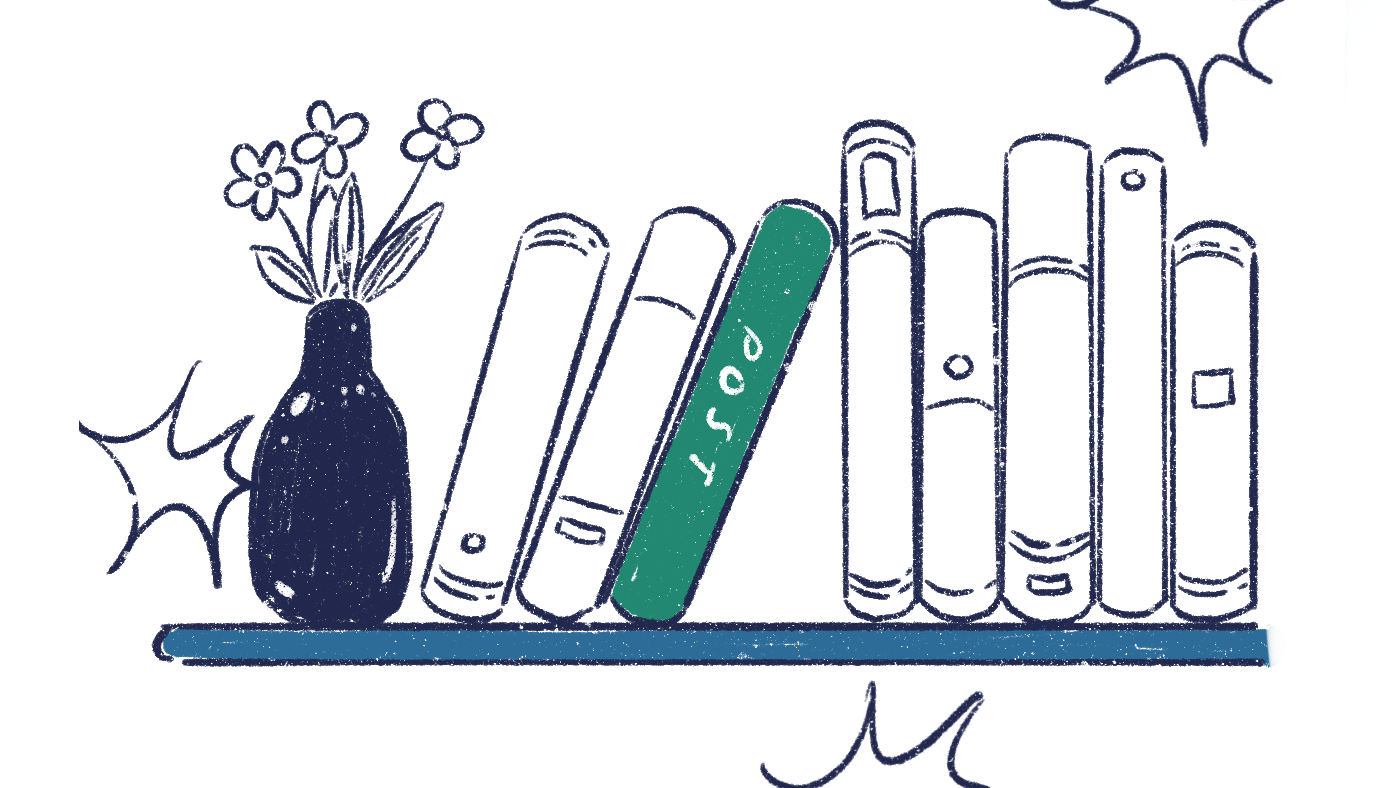
Formerly presumed to be a work of Paul Gauguin, Faune (detail), c. 1888, unglazed stoneware, courtesy the Art Institute of Chicago.
Museums and Authenticity
The American Museum Association recently commissioned a survey asking the public what they considered to be the most trustworthy source of objective information. Perhaps surprisingly, among a variety of choices including books and other media, the “museum” was selected as a key provider of objective “facts.” Museums as institutions are built on academic research and the opportunity for the public to see, first-hand, objects that are deemed authentic. With the recent discovery of a fake Paul Gauguin sculpture at the Art Institute of Chicago, questions about the nature of authenticity and authorship undoubtedly arise.
With additional museum-quality fakes surfacing (such as the reproduction erracotta warriors at the Hamburg Museum of Ethnology, prompting the exhibition to close and for refunds to be issued in early December), the authority of the museum as an arbiter of the “authentic” has been somewhat shaken.
The AIC purchased what was considered to be Gauguin’s Faune sculpture in 1997 from a private dealer, who had bought the piece from a Sotheby’s auction in 1994. In December, Scotland Yard informed the Institute that the sculpture was in fact a forgery made by Shaun Greenhalgh, 47, who had worked with his parents George and Olive to sell fabricated works to museums and auction houses. It was their attempt to sell an Assyrian relief to the British Museum that raised suspicion from Scotland Yard, and an investigation ensued, culminating in the family’s confession to forging fine art pieces. Shaun Greenhalgh has been sentenced to four years and eight months in prison, while his mother, 83, and father, 84, have received a suspended sentences of twelve months, and a deferred sentence pending health issues, respectively.
In addition to the Art Institute, the Greenhalgh’s also defrauded the Bolton Museum in the United Kingdom. In 2003 the museum purchased what they believed to be an ancient Egyptian sculpture of King Tutankhamun’s mother for £440,000 directly from the Greenhalgh’s, after having it appraised by Sotheby’s in 2002. Experts at the British Museum also evaluated the piece, finding nothing to suggest its being forged. A statement from museum offi cials reads: “It is hard to see what could have been done differently by us as purchasers. At the trial the Judge in the case went out of his way to make it clear that no blame could be attached to the museum over its actions.” It seems that we are expected to resign ourselves to the reality that some things just cannot be controlled.
As the Bolton Museum’s press statement eerily suggests, “It will never be known how much remains undetected in collections throughout the world.” Both the Bolton Museum and the AIC are seeking compensation for their losses, with the AIC currently in discussion with Sotheby’s about repayment. As the AIC’s Director, James Cuno, wrote in a memorandum, “These things happen in the uncertain world of art historical research.” Perhaps not all that reassuring, but certainly realistic. The bright side, however, is that, as the Bolton Museum suggests, deliberate fi ne art forgeries are diffi cult to create, and the skill-level that they require is rare.
John Myatt, who proudly takes credit for what the Scotland Yard deems the biggest art fraud of the twentieth century,” offers an interesting point of view to the Greenhalgh case. Taking the side of the forgers, Myatt points to today’s skyrocketing auction prices as a key element of fine art fakes: “Nowadays auction houses have policies which protect the buyer if they purchase a forged work, but the truth is as long as people are prepared to pay absurd prices for works of art greatly in excess of any intrinsic or historic value, then forgery is an inevitable consequence.” Myatt emphasizes the beauty of Greenhalgh’s work, regardless of its copycat status, and suggests an alternative for the discarding of reproductions: “It is a great shame that the police seize these works and cannot, and do not, sell them for charity. Eighty of my fakes are languishing in a damp warehouse in North London, having been seized by Scotland Yard ten years ago.” It seems that four months in jail has had little effect on Myatt’s feelings towards forgeries. He continues to paint popular reproductions, under the title “Genuine Fakes by John Myatt,” and is the subject of a fi lm that will begin shooting soon, according to Myatt.
Still, fine art forgeries, and unoffi cial reproductions more generally, are not to be taken lightly, regardless of their “beauty” and charitable potential. In 1977 in Germany an organization called Aktion Plagiarus was formed in order to alert the world to the dangers and sheer prevalence of forgeries in our everyday life. According to their website, 10 percent of global commerce consists of fakes and plagiarisms, with an annual economic loss of EUR 200-300 billion. They offer legal counsel in Intellectual Property Rights, and give an annual award to the company with the most offensive plagiarism practices. They now operate a museum in Gottingen, devoted to presenting “fake” objects, and regularly hold exhibitions and lectures.
Forgeries have been around for as long as fi ne art has, and combating fakes is an ongoing process. The best anyone can do, really, is retain an open, inquiring mind and continue asking questions. The Bolton Museum is wary of the press that the Greenhalgh case has received, stating: “A frustrating feature of much of the media coverage over the Greenhalgh case has been the tendency to lump all the institutions involved together as a monolithic entity called the ‘art world’. This has extended to the implication that the Greenhalghs should somehow be praised for ‘getting one over’ on a world considered closed and detached.” A number of factors contributed to the fakes finding their way into museums, and unfortunate as this is, forgeries are a reality that we live with everyday. As the Bolton Museum states: “Shaun Greenhalgh was clearly a talented artist who could turn his hand to more than one medium. All we can hope is that the Greenhalghs’ actions have not caused any lasting damage to our credibility as a source of knowledge, inspiration and pride for our core audience.”



















